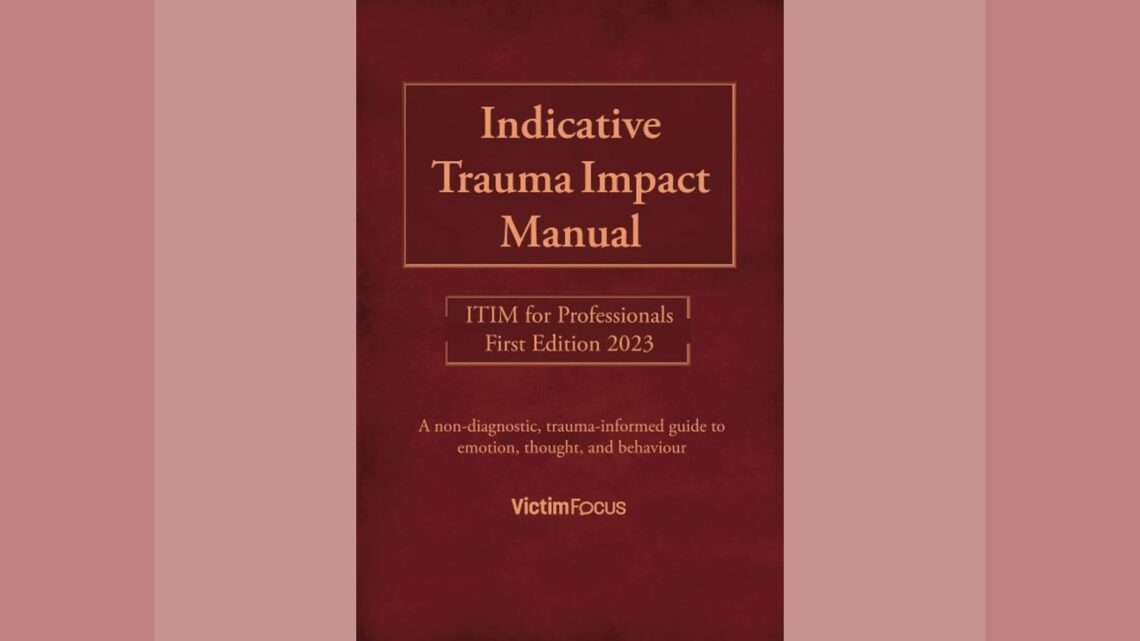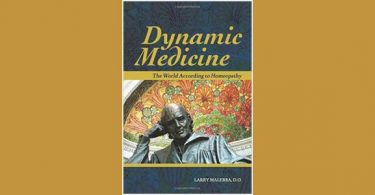
Whilst this is not essentially a homeopathy book, this is a useful resource for those homeopaths who specialise or who have an interest in the more emotionally related sphere. Recently published in paperback, this important mental health reference book is long-overdue.
It is informed by human trauma emotion itself, as opposed to medical categorisations, and thus provides a completely client-centred alternative to the dominant, medicalised model of emotional distress listed by the successive DSM (Diagnostic & Statistical Manual) editions. This standard reference text has worryingly formed an entrenched basis and bible for global conceptualizations of our whole mental ‘health’ and wellbeing since 1952.
The authors’ standpoint is that to pathologise and characterise any behaviour, thought or feeling as medically or psychologically abnormal, and then to view these as medical symptoms of a disordered mind is to define a person by their deficits only and ignore their strengths. To then make judgements upon people accordingly is thus highly oppressive, if not inaccurate and unhelpful.
More insidiously and more importantly for us as homeopaths, these DSM judgmental and rigid definitions have infiltrated their way into our homeopathic materia medica and have coloured practitioner concepts of mental/emotionally based case-taking and prescribing methodology.
In addition to this, the Mind sections of our materia medica are frequently couched in the somewhat archaic terms of the times they were originally written and whist we are usually mindful of this, more modern rubrics framed in terms of this medical model of mental health can add fuel to any misjudgments of our patients that we might make, albeit inadvertently.
This happens despite our homeopathic training and intention to act as impartial observers of our patients’ symptoms. Societal biases and stereotypes within our respective societies remain informed by mainstream, default images of predominant socio-cultural norms over time and what amounts to ignorance of the real diversity of people within those frameworks.
So, bearing this in mind, exactly how is this reference book different in format to the DSMs and how can it be helpful to our profession? This question is firstly answered by looking at the target audience for the book, since it is not just intended for the psychological, counselling and psychiatry professions.
The book forms “an ambitious provision of descriptions, explanations and ideas about hundreds of common trauma responses, feeling of distress and coping mechanisms” [page 9] and is a helpful reference source for medical, legal and healthcare professionals, social support worker, emergency services professionals, academics and students, those in teaching and any other professionals working with those in distress, trauma or crisis.
In an A-Z of emotions, thoughts and behaviours common in traumatized and distressed people the manual explains and explores issues such as nightmares, self-harm, feelings of persecution and pessimism, dissociation and so on and includes helpful diagrams, theories, tools and peer-reviewed evidence.
There are helpful yet concise sections outlining the more commonly known theoretical and practical approaches to human emotion and how it has become medicalised and pathologised over time followed by an A-Z of a sizable number of distressing and traumatic experiences.
These are followed by some health issues commonly ignored or dismissed as ‘psychosomatic’. This I would say can be of particular interest to homeopaths due to our need to know how our patients experience their symptoms and there is also a chapter relating to children’s issues.
So, overall, I am suggesting that this book would be worth a place on any homeopath’s bookshelf, if only to serve as a case-taking reminder for us to view our patients in their wider, social and political context as well as seeing a unique individual sitting in front of us.






